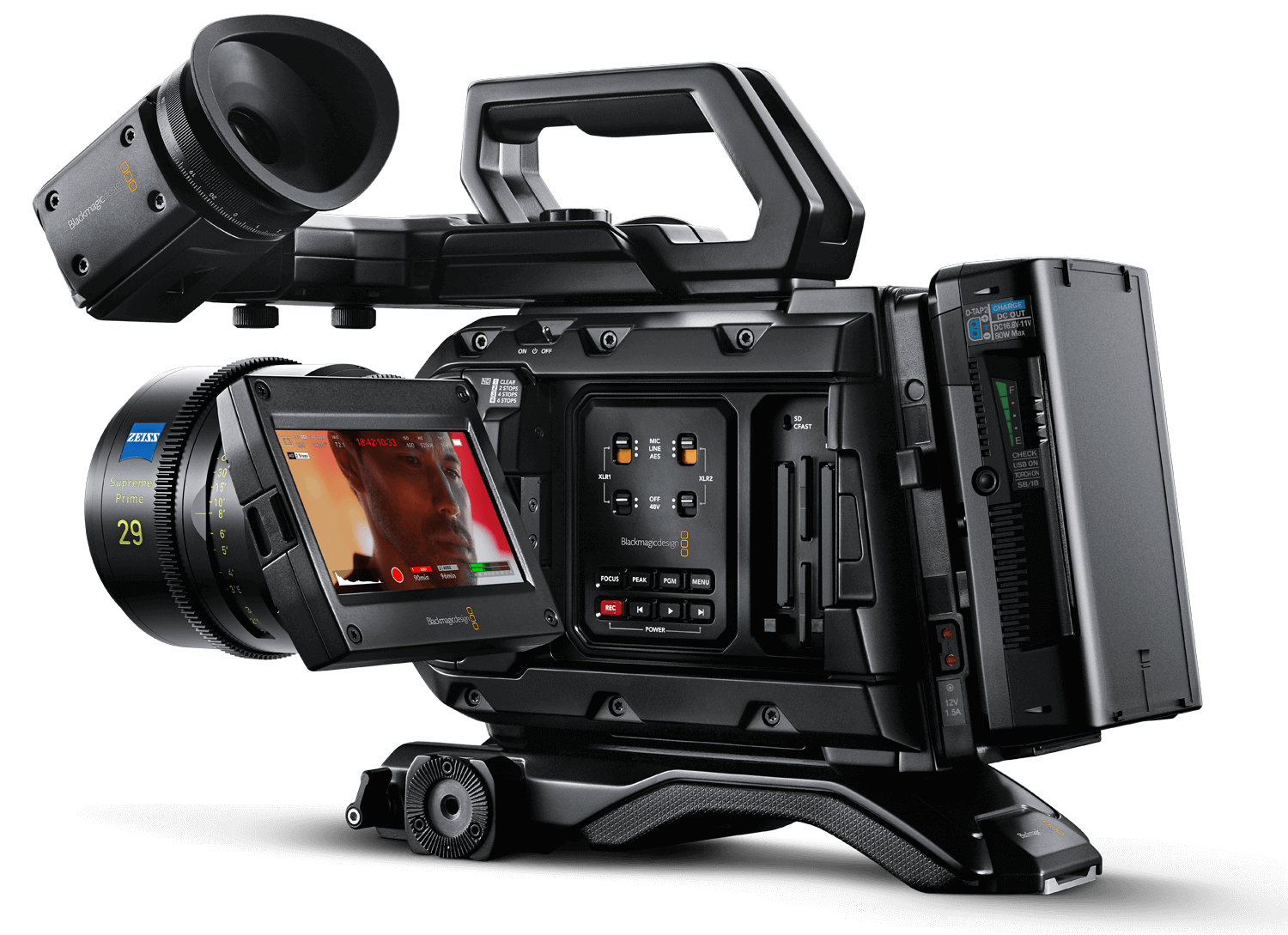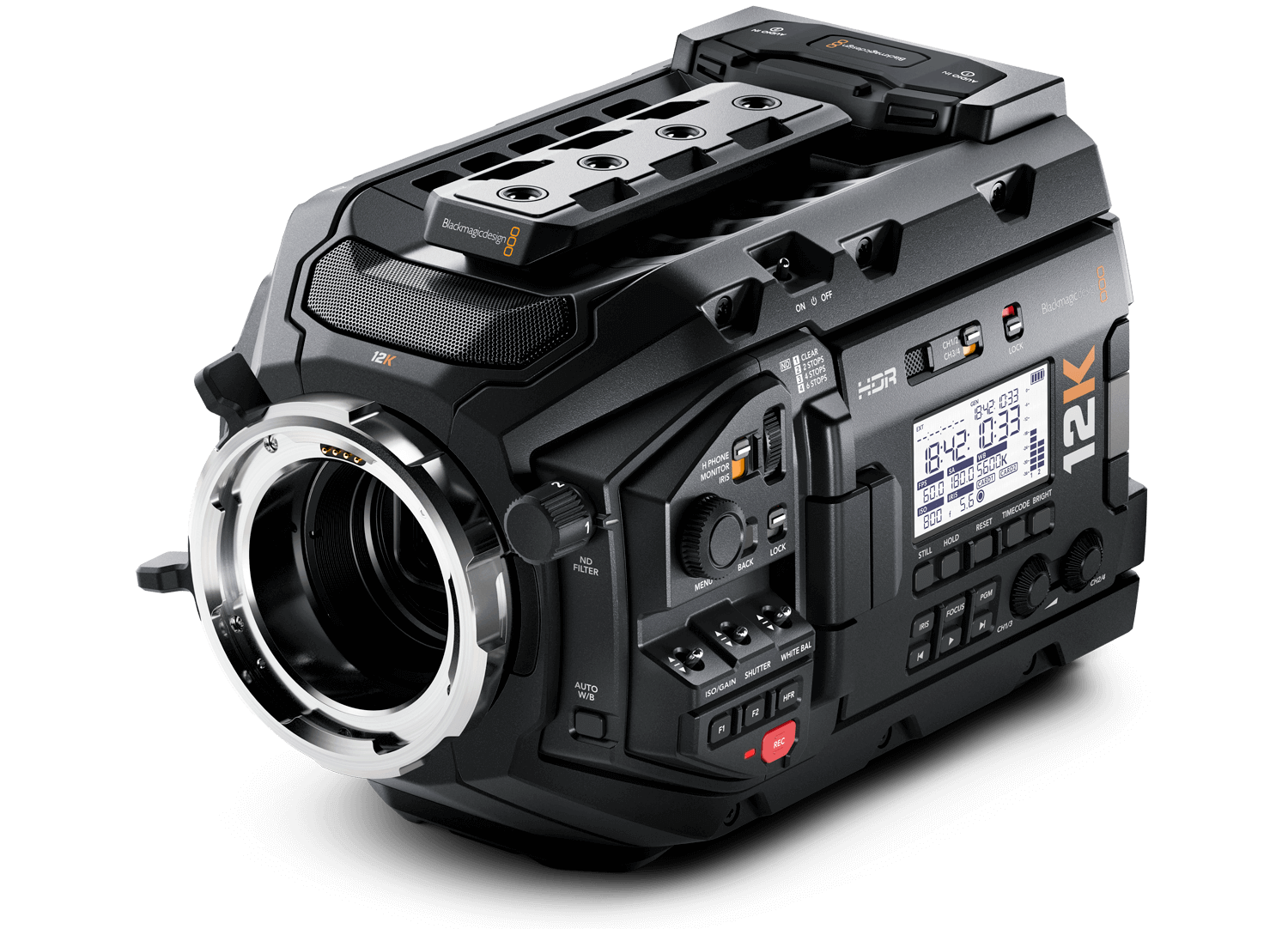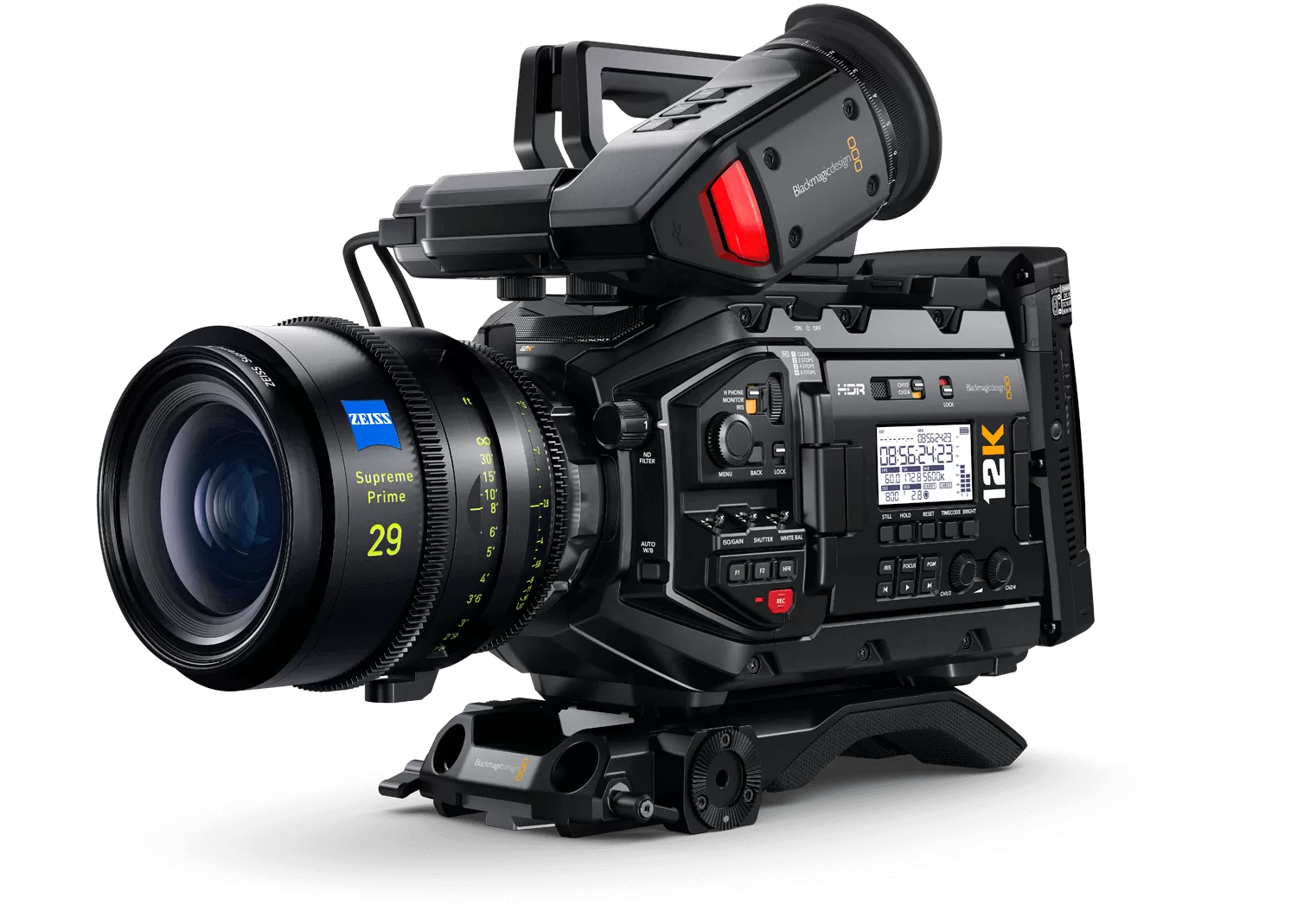Editor's take: Recording in 12K resolution may not seem advantageous at this exact moment in time, what with 8K televisions being the highest resolution consumer offerings currently available. But as Blackmagic notes, oversampling from 12K down to 8K or even 4K at higher frame rates is certainly advantageous. And one day, higher resolutions will eventually become the norm and we’ll be thankful to have the time capsule-like footage to reminisce on.

Australian camera maker Blackmagic Design recently announced the Ursa Mini Pro 12K, a third-generation pro-grade model boasting eye-popping capabilities that some might argue are a bit too ahead of their time.

The shooter features a 12,288 x 6,480 12K Super 35 sensor with 14 stops of dynamic range that’s built into the same chassis as its predecessor, the Ursa Mini Pro 4.6K G2. With it, users can capture footage at up to 12K resolution at 60 frames per second, 8K @ 110 FPS or 4K at up to 220 FPS at a native ISO of 800.
When shooting with the Blackmagic RAW codec, you can even edit footage on a laptop, a feat that Blackmagic says simply isn't possible with other codecs.
Other amenities include an interchangeable lens mount that affords compatibility with PL, EF and F mount lenses, built-in neutral density filters, dual UHS-II SD / CFast card readers and USB-C connectivity. Blackmagic said its new shooter is ideal for feature films, immersive large-format IMAX and even episodic television productions.

For a full list of hardware specifications to salivate over, be sure to check out Blackmagic's press release and product page.
Blackmagic’s new Ursa Mini Pro 12K is available to pre-order from today at select resellers priced at $9,995. Look for it to ship by the end of the month.
https://www.techspot.com/news/86044-blackmagic-new-digital-film-camera-can-record-12k.html